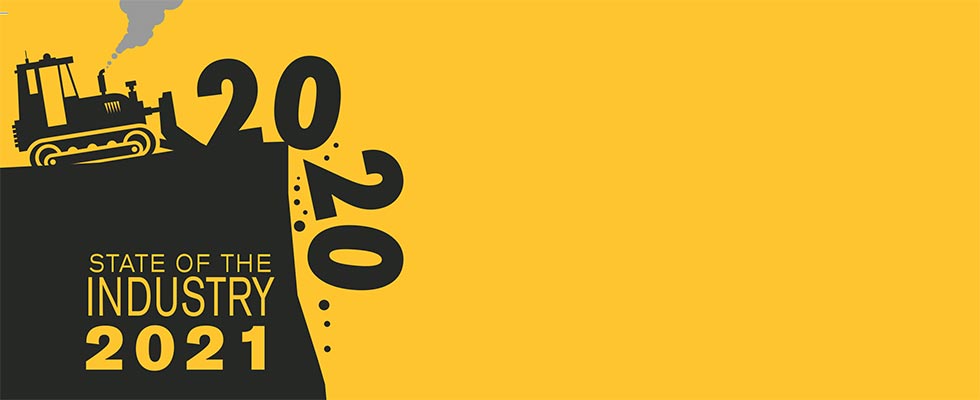
The pump industry showed its true colors in 2020. Essential in every sense, pump manufacturers never stopped producing the equipment needed to keep our nation’s critical infrastructure running during the COVID-19 pandemic. From supporting power plants and industry, to crop irrigation, to HVAC systems in hospitals, to the critical water and wastewater systems that had to shift gears and adjust to a surge in residential use with a stay-at-home workforce, our fluid systems continued to do what they were designed to do, through it all. What can we look forward to in 2021?
Water Is on the Rise
Experts agree that in the United States, water and wastewater projects will continue to exceed 2018-19 levels over the next 18 to 24 months. Projects in place remain above 2019 numbers with wastewater projects up 5% and water projects up 21%. These numbers are expected to hold through 2021.
Signals from Washington, D.C., indicate that water and wastewater investment will likely be a federal priority. Infrastructure projects have support on both sides of the aisle and are considered highly likely to be in place early in the Biden administration. The legislation under consideration is a historic “Infrastructure Investment–Job Creation Bill,” which will be a priority for Congress in 2021.
Increased funding for water infrastructure will be one of the centerpieces of this legislation and a set-aside of 15% for green infrastructure is one of its main features. This bill would increase federal funding for the Clean Water Act (CWA) and Safe Drinking Water Act (SDWA) infrastructure from $2.5 billion annually to over $12 billion annually.
Pumps and pumping systems would be eligible for the 15% green infrastructure set-aside. While most municipalities do not have a major wetlands or reclamation project handy, every facility has a list of suspicious actors ready for replacement with new, more efficient pumps. With the added bonus of energy savings during the lifetime of the pump, the payback would be particularly attractive.
Regulations Are Back on the Table
The Biden administration is expected to pick up some of the efficiency projects that were put on hold during the past four years. One of these expected to reemerge is the Circulator Pump Efficiency Rule, which reached consensus but stalled as the administration changed at the end of 2016. The Hydraulic Institute continued work to incorporate circulators into the HI Energy Rating program knowing that the savings were too great to ignore. With the addition of circulator pumps to the ER Database in 2021, these pumps will become eligible for rebates and incentives.
The timing will align nicely with the opportunities created from shifts in the construction and building markets. Emptier offices could bring opportunities to upgrade HVAC and other systems to reduce costs. An uptick in residential construction brings opportunities for well pumps and extensions to municipal water and sewer lines. It may be too early to tell what the shifts in multi-family, retail and office buildings will ultimately be. We can already predict an increase in bio-medical and pharmaceutical sites, data centers, warehouses and cold storage facilities—all facilities that have unique HVAC and pumping system requirements. The impact of installing more efficient pumps in these new construction projects is significant.
Smart Pumps & Systems
Look for more smarts in pumping systems. Smart pumps are generally considered to be pumps with an integrated variable speed drive, which has the optimal performance pre-programmed into the controls. These pumps have the ability to adjust pump speed to match system requirements without external sensors, which will bring higher efficiencies and potentially lower installation costs. The added technology allows for greater control, improves efficiencies and reduces operating costs. In addition, most smart pumps have communications protocols that enable off-site monitoring and communication.
In 2021, a hands-off approach to controlling a system along with the ability to monitor equipment remotely seems more important than ever.

